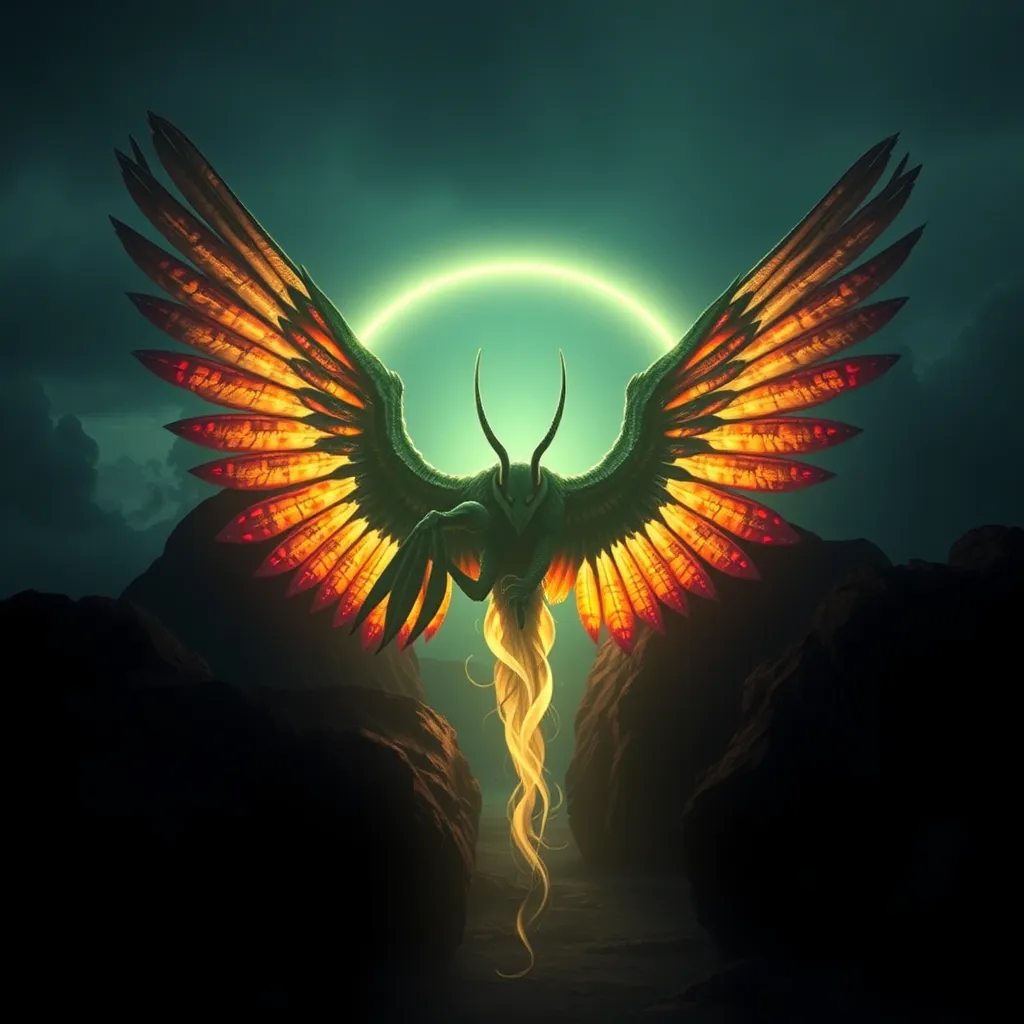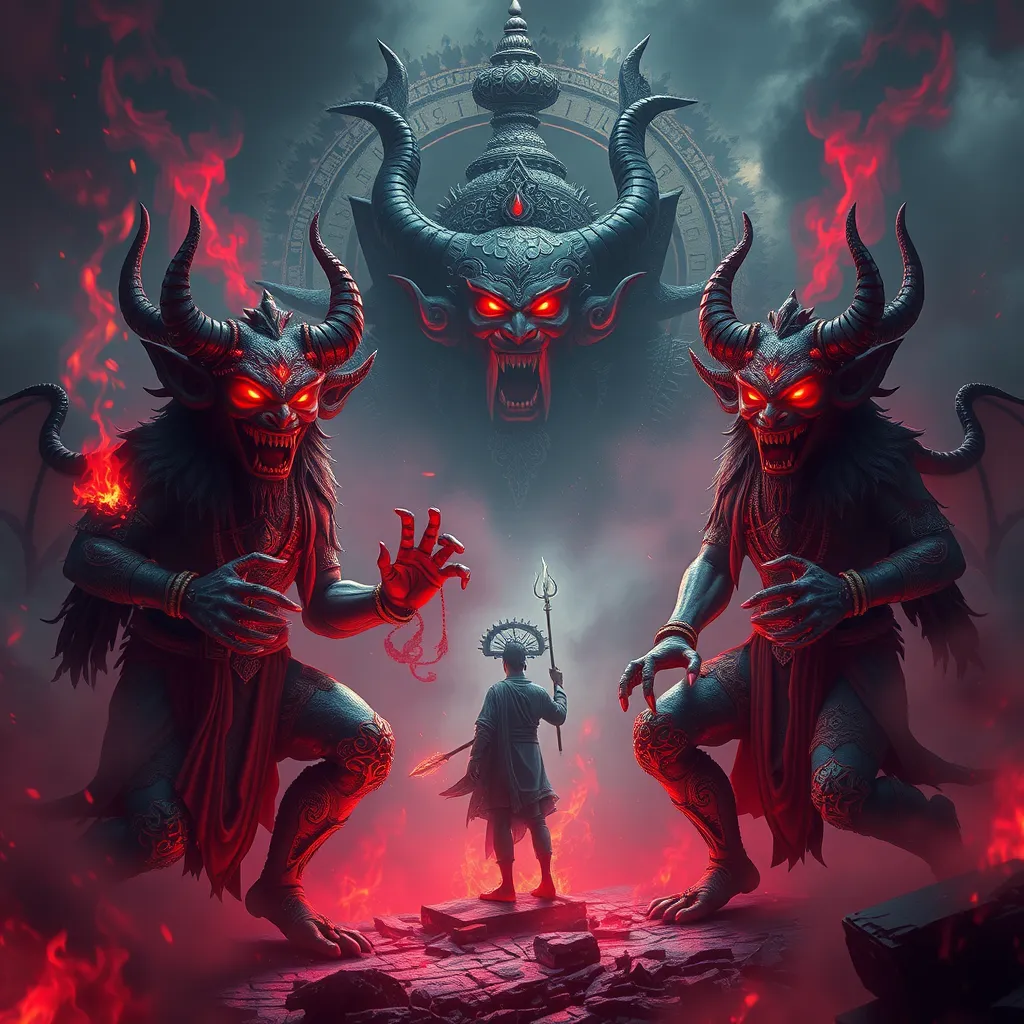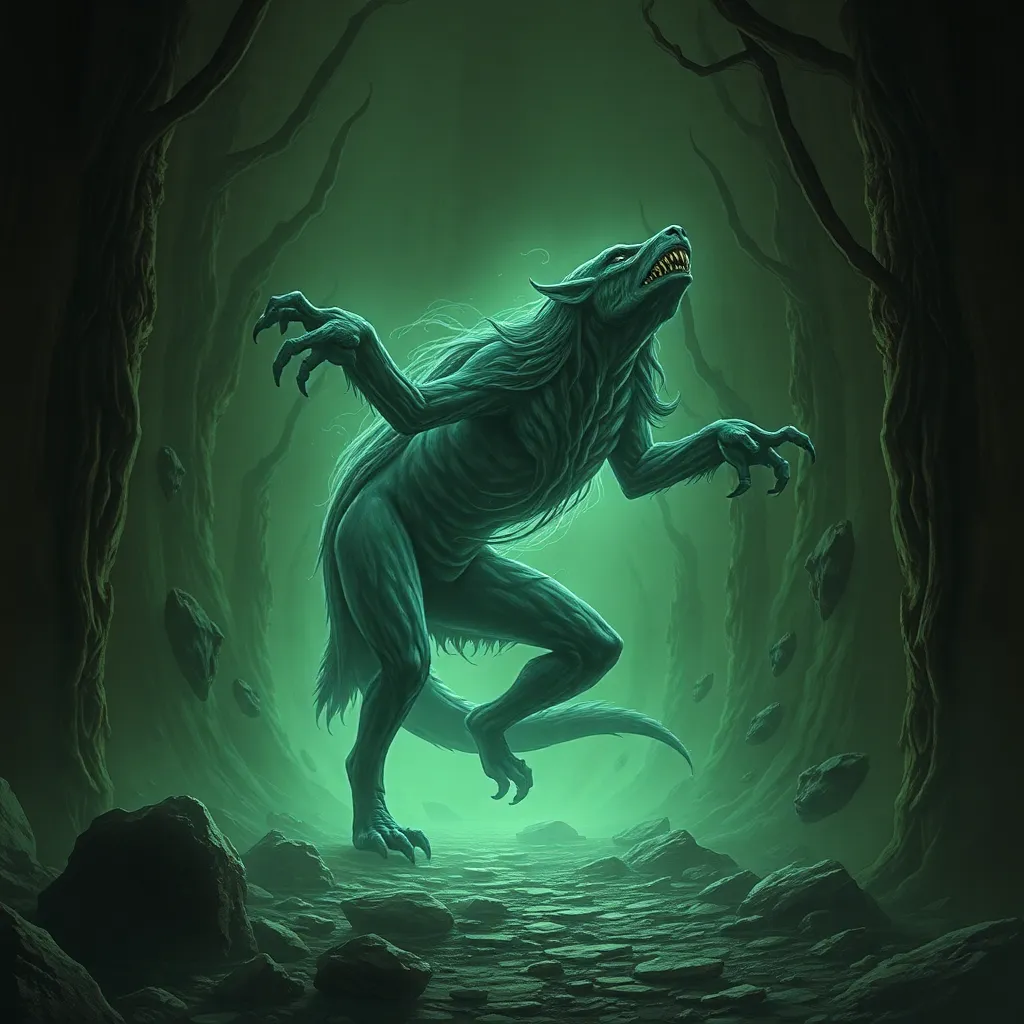Exploring the Connections Between Harpy Myths and African Folklore
I. Introduction
Mythology serves as a rich tapestry of cultural beliefs and narratives, weaving together the stories that define civilizations. Among these, Harpy myths stand out as significant elements of Greek mythology, while African folklore boasts a vast array of stories that reflect the continent’s diverse cultures. This article aims to explore the similarities and connections between Harpy myths and African folklore, highlighting the universal themes and motifs that resonate through both traditions.
II. The Origins of Harpy Myths
A. Historical context of Harpies in Greek mythology
In Greek mythology, Harpies are often depicted as winged spirits with the bodies of birds and the faces of women. They are known for their swift movements and their role as agents of punishment, often stealing away individuals or carrying messages from the gods.
B. Characteristics and symbolism of Harpies
Harpies symbolize the duality of nature—representing both beauty and terror. Their bird-like features suggest freedom and flight, whereas their association with storms and winds reflects chaos and destruction. This duality makes them complex figures in mythology.
C. The role of Harpies in mythological narratives
Harpies appear in various myths, notably in the story of the Argonauts, where they torment the blind prophet Phineas. Their role often serves as a narrative device that introduces conflict and demonstrates the consequences of divine displeasure.
III. Overview of African Folklore
A. Diversity of African traditions and storytelling
Africa’s folklore is incredibly diverse, with each region possessing unique stories that reflect local customs, beliefs, and values. From the Anansi tales of West Africa to the Zulu myths of Southern Africa, these narratives serve as moral lessons, entertainment, and cultural heritage.
B. Common themes in African folklore
- Community and Family: Many stories emphasize the importance of community bonds.
- Nature: Animals often play pivotal roles, embodying human traits and teaching life lessons.
- Transformation: Tales frequently explore themes of change, metamorphosis, and the fluidity of identity.
C. Notable creatures and figures in African myths
Among the myriad figures in African folklore, notable creatures include:
- Anansi: The clever spider who teaches wisdom through trickery.
- Imbulu: The legendary bird that symbolizes freedom and power.
- Mermaids: Water spirits that often represent beauty and danger.
IV. Comparative Analysis: Harpies and African Mythical Creatures
A. Similarities in characteristics
Both Harpies and various African mythical creatures share similar characteristics, such as:
- Duality: Both can embody contrasting traits, representing both benevolence and malevolence.
- Connection to Nature: They often have links to natural elements, such as wind for Harpies and water for many African spirits.
B. Parallel roles in mythology
Harpies and their African counterparts often serve parallel roles in their respective mythologies:
- Protectors: Some figures act as guardians of sacred spaces or knowledge.
- Predators: Others may embody the forces of chaos or punishment, reflecting the consequences of hubris or wrongdoing.
C. Case studies of specific creatures
When comparing Harpies to specific African bird-like spirits, we find intriguing parallels:
- Harpies vs. Imbulu: Both possess bird-like features and are associated with powerful, often chaotic forces.
- Harpies vs. Anansi: While Anansi is not a bird-like figure, his trickster nature and ability to transform echo the metamorphic qualities of Harpies.
V. Themes of Transformation and Duality
A. Exploration of transformation in Harpy myths
Transformation is a recurring theme in Harpy myths, where characters often undergo physical or emotional changes due to divine intervention or personal choices. This theme underscores the fluidity of identity and the consequences of one’s actions.
B. Transformation motifs in African folklore
African folklore similarly emphasizes transformation, as seen in stories where characters change forms or roles. For example, the transformation of humans into animals often symbolizes growth, learning, and the interconnectedness of all life forms.
C. The significance of duality in both mythologies
Duality in both Harpy myths and African folklore represents the balance between good and evil, creation and destruction. This dual nature invites deeper reflection on the complexities of existence and the choices individuals face.
VI. Cultural Exchanges and Historical Context
A. Ancient trade routes and cultural interactions
Throughout history, trade routes facilitated cultural exchanges between civilizations. The Mediterranean world’s interactions with African societies likely influenced mythological narratives, blending elements of both traditions.
B. The influence of colonization on mythological narratives
Colonization has significantly impacted African folklore, often leading to the suppression of indigenous stories while simultaneously introducing new themes and characters. This blending has created unique hybrid mythologies that reflect a complex history.
C. Modern interpretations and adaptations
In contemporary society, both Harpy myths and African folklore are being reinterpreted and adapted in literature, film, and art. These modern adaptations often highlight the enduring relevance of these ancient stories, inviting new audiences to engage with them.
VII. The Role of Women in Harpy Myths and African Folklore
A. Gender representations in Harpy stories
In Harpy narratives, women are often portrayed in a dual light, reflecting both nurturing and destructive qualities. This complexity challenges traditional gender roles and invites discussion about women’s power in mythology.
B. Women as powerful figures in African folklore
African folklore frequently features strong female figures who embody wisdom, power, and resilience. Characters like Mami Wata, a water spirit, highlight women’s significance in spiritual and societal contexts.
C. Comparative analysis of female archetypes
Comparing the archetypes of women in both mythologies reveals significant insights into how cultures view femininity:
- Nurturers vs. Predators: Women can be seen as both providers and destroyers.
- Transformative Figures: Women often undergo transformations that symbolize growth and power.
VIII. Conclusion
In summary, the exploration of Harpy myths and African folklore reveals fascinating connections that highlight the shared human experience across cultures. Both traditions embrace themes of transformation, duality, and the complex roles of women, reflecting the intricate ways in which societies interpret their worlds.
Preserving and understanding these mythologies is crucial for appreciating cultural heritage and fostering cross-cultural dialogues. Future research on cross-cultural mythological studies can further illuminate the connections between diverse traditions, enriching our understanding of humanity’s shared narratives.



